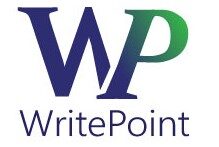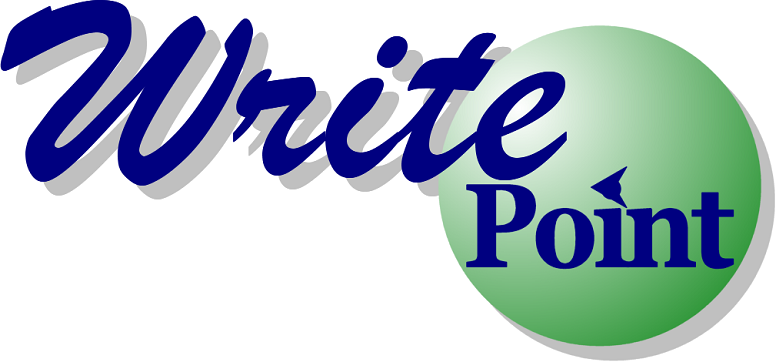You can learn a lot from your past. I wanted to talk about document management solutions in today’s blog post and it brought to my mind something that happened to me several years ago when I was working as a technical writer for a software company.
I was a lone writer who got technical specifications from the programmers, read them, and developed end-user documentation.
So one day I had downloaded the specs from our internal FTP site and began working. I spent hours reading the programmer’s documentation and conceptualizing how the user’s manual should be organized. Then I went to one of the programmers for an interview. At some point, both of us began to realize we were simply not on the same page.
“Where did you take a description of the feature XXX?” a programmer asked me.
“I read it in the document you wrote” I answered.
“Didn’t you take the latest version from the FTP? I put it onto the FTP a few hours ago… I thought you regularly check the FTP.”
So here’s where the start of our problems were. He hadn’t told me that there was an update available. He only updated the files a few times in a release. Now while I would probably go to a news website to see what’s going on in the world, it would never have occurred to me to go to the FTP site just to check if maybe (maybe!), perhaps, this time, someone had put something new up there, somewhere.
But the situation was even worse than that. When I went to the FTP site to take the latest version, I didn’t find it there. My fellow co-worker put the document in a new folder he had just created, rather than in the conventional location in which all technical specs were stored. So, not only would I have to have been psychic to know that he’d revamped the specifications document, I would have to have been clairvoyant enough to know that he’d decided to create and use a new file management order.
Newly enlightened, I downloaded the correct specs and went about the task of updating the manual.
Amazingly enough, however, even that is not the end of the story. When I sent my updated user manual to the product manager for review, it literally took him several hours to find the previous version of the manual – he had them all in an email folder. Add to this hundreds of other emails he was receiving daily and you understood the challenge he faced.
“Enough is enough,” I decided and initiated the move to a document management system. In the beginning, it was just for the product manager, programmers, and me. However, the solution was so successful that it spread across the company and involved marketing documentation and then even accounting documents.
Since then, our flow worked like this:
1. After a programmer finished writing specs, he submitted the document to the document repository. There was only one place in which the programmers’ documents can be put so the chance of misplacing a document was eliminated.
2. I received an automatic notification by email about a new document in the repository. This avoided the initial problem by letting me know that there’d been an update that now needed to be addressed in some way. I downloaded the document on my local computer and worked with it.
3. After I finished writing a manual, I put it to the repository. The programmer assigned to this project and documentation manager received the email notification so they could download my manual and review it. This meant the documentation manager no longer had to worry about finding an older version somewhere in his email; the programmer didn’t have to search to figure out which was the latest copy of the document.
4. When they finished their review, they uploaded the manual back to the repository and I received the email notification that the review was completed.
5. Once again, I was able to download the document with their comments and revisions without searching for it or worrying that yet another folder structure had been imposed. I could incorporate their changes and upload the document back for review. No matter how many revision rounds we did – we always knew to whom the document was currently assigned, what the current version was, and where it would go next.
6. After the review process was complete, the document was automatically moved to the location to which the client had access. It goes without saying that each client could see only their documents.
7. Permissions were easily put in place so that I had access to certain locations, the programmer had access to certain locations, and so on. For example, I wasn’t allowed to see the company’s accounting documentation.
The best part of the solution I implemented for my company was that it was open source. At this point, having heard the success story, you’re probably asking the name of the document management system I used. It was KnowledgeTree, a product that is easy-to-configure, easy-to-use, and relatively easy-to-customize. Years later, when I moved to WritePoint, one of the things I did here was move WritePoint to this solution as well…and recommend and configure it for some of our customers as well.
Obviously, Knowledge Tree is not the only product of its type. The market is full of “document management systems,” whatever their vendors mean by that term. Following is a brief list of some of these solutions:
1. Alfresco
2. OpenKM
3. SharePoint
4. Document Locator
5. Documentum
6. LiveLink
In further posts, I’m planning to write about various aspects of document management, from building a document management strategy to choosing and implementing document management tools. Finding a tool isn’t difficult – it’s really all about finding the right tool. Stay tuned!

